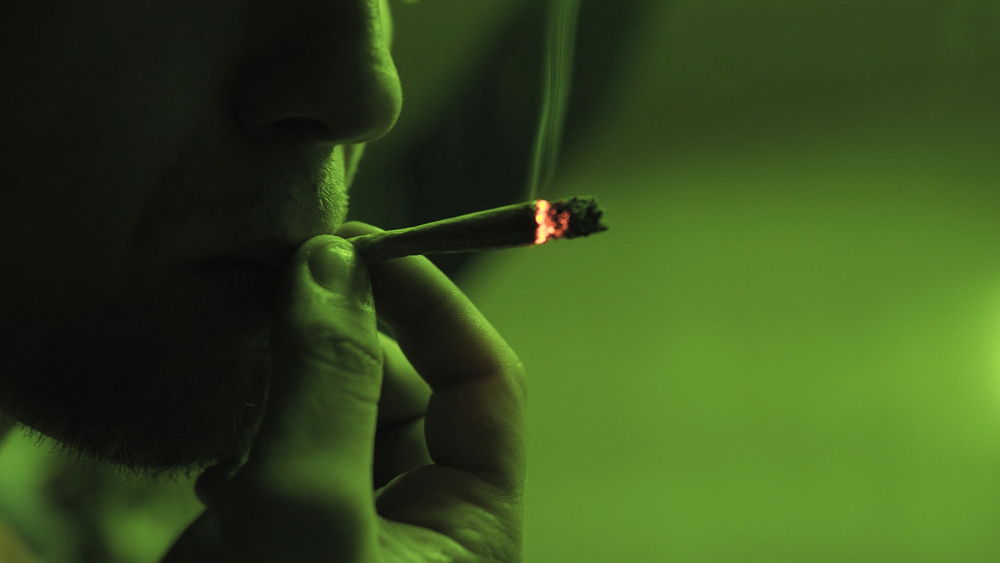![]() As the United States grapples with how to best address juvenile and youthful offenders, criminal justice reform is focusing on the best avenues for dealing with low-level drug possession offenses. Organizations that research best practices with youthful offenders, such as the National Institute on Drug Abuse, suggest that the most effective approach is to reduce incarceration in favor of family- and community-based interventions.
As the United States grapples with how to best address juvenile and youthful offenders, criminal justice reform is focusing on the best avenues for dealing with low-level drug possession offenses. Organizations that research best practices with youthful offenders, such as the National Institute on Drug Abuse, suggest that the most effective approach is to reduce incarceration in favor of family- and community-based interventions.
For more information on Community-Based Alternatives, go to JJIE Resource Hub | Community-Based Alternatives
Juvenile justice initiatives currently have clear and validated approaches to intervention with young drug offenders that do not stigmatize or exacerbate negative outcomes but rather encourage reform and healthy living.

Chad Posick
While national concerns about adolescent drug use are often high, research indicates that drug use is actually on the decline for most substances while marijuana use remains steady. The disagreement between the perceptions of drug use and actual use raises some serious concerns. First, finite resources are likely to be allocated to drug prevention programs that are not effective or even warranted in the first place.
Second, moral panics over adolescent drug use can lead to the labeling of youth as drug addicts and abusers when low rate usage is normative and does not lead to addiction. Finally, effective and just policies and laws may be overlooked as they are perceived to be “soft” on drug crime or opening the door for rampant use and abuse.
This last issue is of recent concern across the country as more local governments seek to re-evaluate their drug laws and policies — especially concerning adolescent marijuana use. One case in point is a recently passed local ordinance in Statesboro, Ga., that is reflective of the issues facing many locales across the nation as we as a society seek to develop effective, and fair, approaches to community health and safety.
On Dec. 4, 2018, Statesboro voted to make marijuana possession of up to 1 ounce a “non-arrestable” offense. Starting this year, the city began adhering to a new municipal ordinance that will make the harshest penalty for possessing an ounce or less of marijuana a $500 fine or the equivalent in community service (if it is determined that the offender cannot pay the fine). Offenders will not be arrested or incarcerated for this amount of marijuana.
This is a slightly more lenient sentence than the previous law, which capped off the penalty at a $1,000 fine or up to a year in jail. When brought before the mayor and city council, this proposal was unanimously approved.
I was a speaker during the city council meeting where the new marijuana ordinance was approved. I reported about what the scientific literature on marijuana use and policy has revealed as a neutral party. At the meeting, I was surprised that there was some misconception about the use of marijuana among adolescents and there was misunderstanding about the evidence surrounding the outcomes of marijuana laws and the effects of drugs laws more generally.
My purpose here is to provide some clarity on what marijuana and marijuana laws mean for adolescents and some potentially profitable avenues for moving forward on criminal justice reform.
Definitions of marijuana policies and laws
One area of confusion is related to definitions around marijuana and drug laws. In the Statesboro case, the only change to marijuana law was a reduction in the penalty for possession of up to an ounce. Yet, some called the new ordinance “decriminalization” and even “commercialization.” Obviously, these terms — which are uniform across the country — are not interchangeable and mean different things. It is imperative to understand what words mean because there are serious implications for how people understand drug and marijuana laws.
Penalty reductions refers to lessening the sentence for marijuana and often does not decriminalize or legalize marijuana.
Decriminalization reduces a marijuana sentence from a felony/misdemeanor to a noncriminal sentence but a ticket or fine may still be issued.
Legalization makes marijuana use within the confines of law legal and not arrestable or ticketable.
Commercialization refers to the marketing of marijuana through public promotion, such as marijuana dispensaries or marijuana food products.
Most criminal justice reform efforts regarding marijuana laws make use of minor penalty reductions, such as Statesboro, or decriminalization. However, some cities like Portland, Ore., have made use of marijuana legalization/commercialization efforts.
Misconceptions about marijuana use and laws
The main concern for both proponents and opponents of the Statesboro ordinance was the effect of marijuana and marijuana laws on the health and well-being of youth and adolescents. Three misperceptions are often reflected in the discourse on marijuana use and law.
First, that marijuana is a gateway drug: Once someone tries marijuana, they won’t be able to stop and will advance to harder drugs down the line. Second, that if marijuana penalties are reduced or if marijuana is legalized, then marijuana use will increase. Third, that reductions in the severity of marijuana penalties will lead to an increase in overall crime rates.
Currently, there is no consistent evidence for any of these worries and, in some cases, the opposite might be true.
In the 1970s, the idea was put forward that marijuana (along with alcohol) was a gateway drug. At the time, almost 50 years ago, this overly simplistic hypothesis appeared plausible.
However, two major issues plagues this perspective. First, the idea hinges on “backward thinking” or retrospective methods. Yes, most cocaine or heroin users started with marijuana. But only a small fraction of marijuana users graduate to harder drugs. If marijuana was a gateway, many more would then move on to harder drugs.
Second, other factors are at play. Individuals rarely try marijuana, are captivated because of that use and decide to use harder drugs. In reality, it is not the marijuana but an individual propensity that drives some people toward increased drug use. This propensity is best dealt with using treatment and not punishment.
Even a cursory look at an online message board or a casual conversation around the dinner table will bring to light the idea that marijuana decriminalization or legalization will increase drug use. The truth, however, is that there is no evidence to prove this. In fact, a recent study on the legalization that occurred in Washington state in 2012 showed that marijuana use actually decreased among some youth cohorts and was unchanged in others. Overall, marijuana use among adolescents reached its lowest point in 2016 and has remained stable. The fact may be that legal laws do very little to change the decision-making processes of adolescents
The final concern that some have regarding reducing the penalties for possessing marijuana is that overall crime may increase. Again, evidence does not support this. The general conclusion is that there is no — or very little — effect of marijuana laws on overall crime rates for both violent and property crime. Once again, some evidence leans in the opposite direction. Legalization of marijuana may slightly reduce overall crime in the U.S., particularly among states that border Mexico.
Realities of marijuana use, arrests
It should be noted that marijuana use likely does have some negative impacts on youth and adolescents. Specifically, concerns often arise when considering the impact of marijuana and other drugs on brain development. The brain, including the prefrontal cortex — the reasoning part of the brain — develops well into the 20s. Decreasing penalties for marijuana possession may, to some, signal that its use is harmless. Generally, this is not the intent of these laws, but it should be clear that reducing penalties is related to criminal justice reform as opposed to promoting the use of a substance that may have negative impacts on adolescents.
Overall, the negative impacts of marijuana use on adolescent health is likely overblown among the general public. Most of the negative consequences of marijuana come from chronic and high-frequency users. Further, research on twins indicates that some of the long-term consequences of marijuana might have more to do with genetic and familial factors than with the drug itself.
One of the major reasons for criminal justice reform — especially around drug laws — is that the negative consequences of an arrest and incarceration almost certainly outweigh the negative effects of drug/marijuana use. Having been convicted of a felony is a detrimental mark on a person’s record often prohibiting educational and employment opportunities. Drug offenders who end up incarcerated face severe mental and physical health consequences that often go well beyond the harm caused by the drugs themselves. There is good reason to keep juveniles out of the penal system.
Overall, the available research enables a fairly clear path toward profitable public policy and criminal justice reform. First, city, state and national policy toward reducing marijuana penalties can proceed with little worry that any changes will lead to increases in drug use or crime. Indeed, changes to policy (that reduce penalties) will likely lead to net positive outcomes. Second, politician and legislators can be confident that criminal justice reform is an issue receiving bipartisan support indicating that it is an important and far-reaching policy issue in need of attention.
Chad Posick is an assistant professor at Georgia Southern University and a member of the Scholars Strategy Network.
